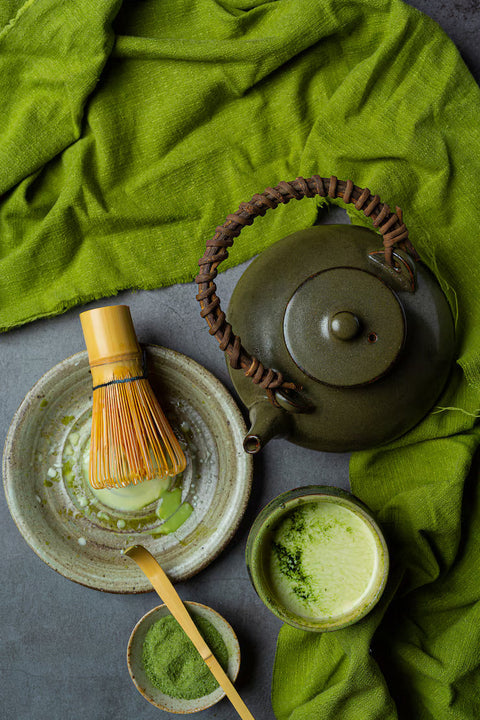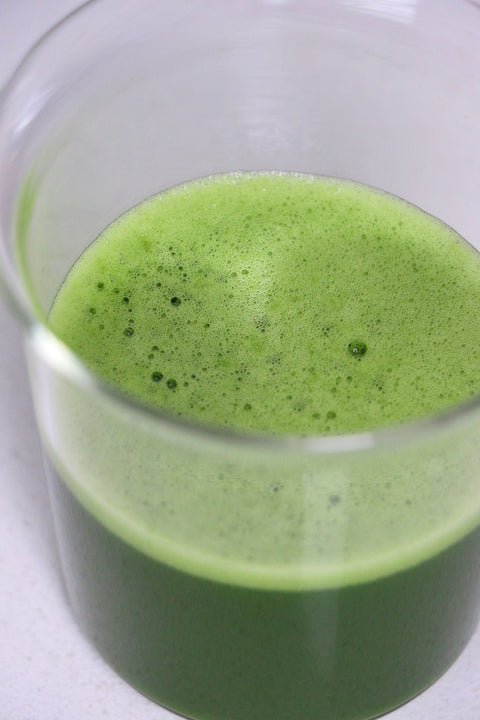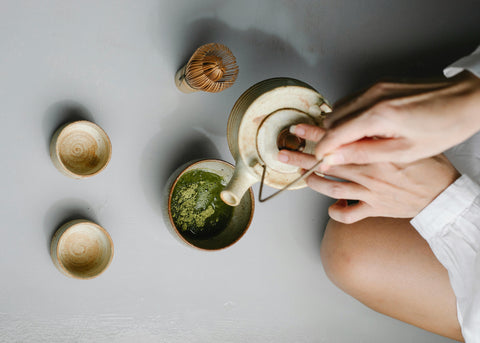
Matcha has exploded in popularity worldwide, but with its rise comes plenty of myths and misconceptions. Let’s separate the facts from fiction so you can enjoy matcha with confidence.
Myth 1: All Matcha is the Same
Fact: Matcha quality varies significantly depending on origin, cultivation, and processing. Ceremonial grade is best for drinking straight, while culinary grade is suited for lattes and recipes (Weiss & Anderton, 2003).
Myth 2: Matcha is Bitter by Nature
Fact: High-quality matcha is not overly bitter. Instead, it balances umami, sweetness, and a touch of pleasant bitterness. If your matcha tastes harsh, it may be low-grade or prepared incorrectly (Chaturvedula & Prakash, 2011).
Myth 3: Matcha Has Too Much Caffeine
Fact: Matcha has caffeine, but the presence of L-theanine slows absorption, leading to calm, steady energy rather than jitters or crashes (Owen et al., 2008). A typical serving has about half the caffeine of a standard coffee.
Myth 4: Matcha is Just a Trend
Fact: Matcha has been consumed in Japan for centuries as part of Zen Buddhist rituals and tea ceremonies. Its cultural and health significance make it much more than a passing fad (Sen, 1998).
Myth 5: Matcha is Only for Lattes and Desserts
Fact: While trendy recipes are popular, matcha can also be enjoyed traditionally as usucha (thin tea) or koicha (thick tea). Its versatility is one reason it has become a global phenomenon.
Understanding the myths around matcha helps you choose and enjoy it better. From its calming energy to its deep cultural roots, matcha is more than just a green powder — it’s a mindful, healthful experience.
At Forest Cloud, we provide transparent sourcing and premium matcha, so you always know the truth behind what’s in your cup.
References
-
Chaturvedula, V. S., & Prakash, I. (2011). The aroma, taste, color and bioactive constituents of tea. Journal of Medicinal Plants Research, 5(11), 2110–2124.
-
Owen, G. N., et al. (2008). The combined effects of L-theanine and caffeine on cognitive performance and mood. Nutritional Neuroscience, 11(4), 193–198.
-
Sen, S. (1998). The Japanese Way of Tea: From Its Origins in China to Sen Rikyu. University of Hawaii Press.
-
Weiss, D. J., & Anderton, C. R. (2003). Determination of catechins in matcha green tea by micellar electrokinetic chromatography. Journal of Chromatography A, 1011(1–2), 173–180.





